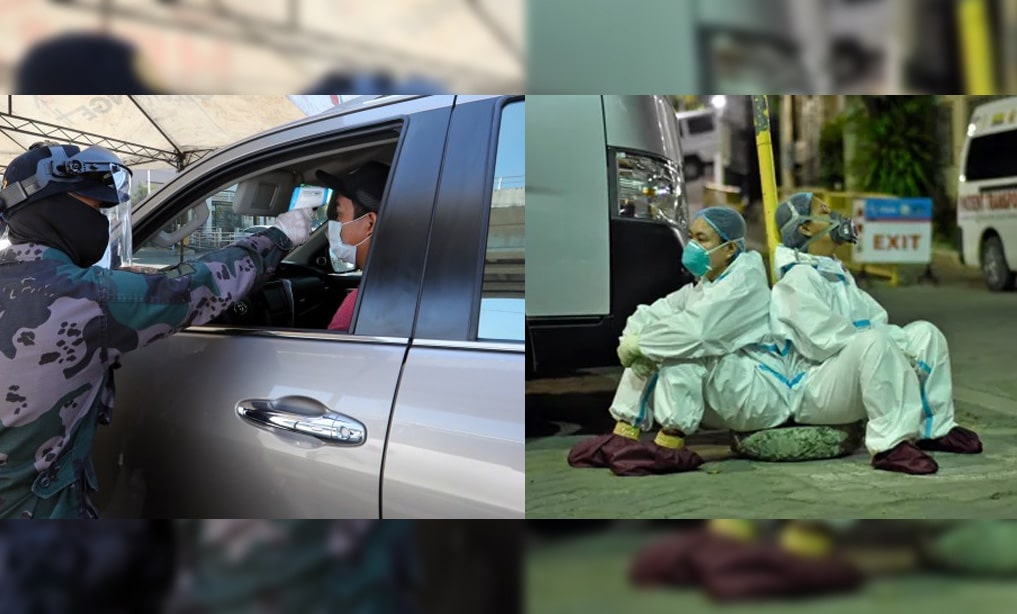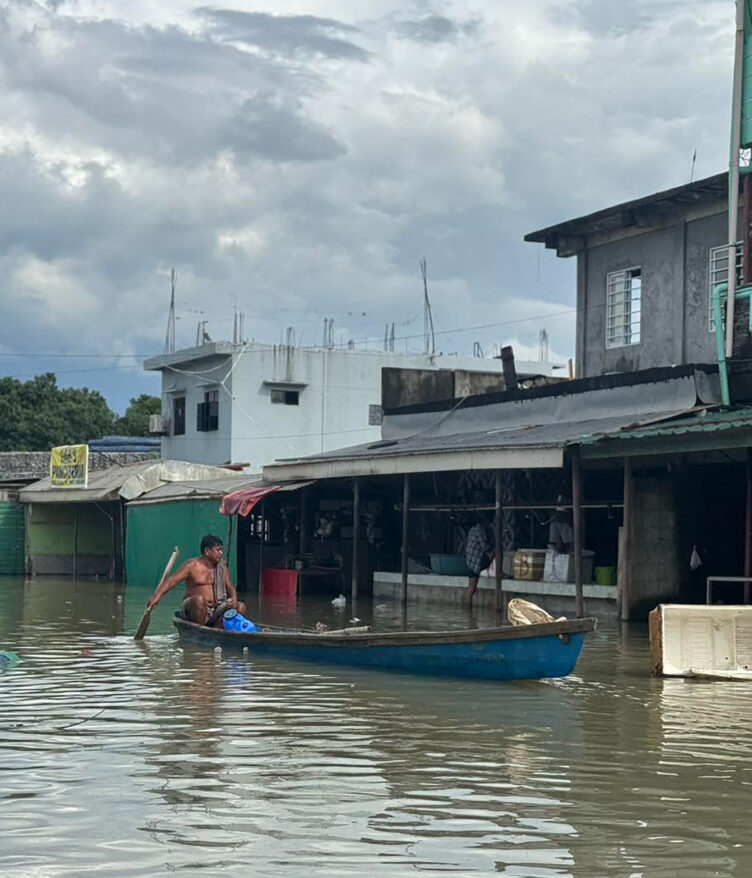NOT all workers have the luxury–or the privilege– of bringing their work home.
Many jobs simply cannot be done remotely, and their workers were the ones who provided crucial services and helped keep the economy going at the height of the Covid-19 crisis.
But the workers who had to leave their homes to make a living during the pandemic faced their own struggles.
1) Healthcare workers

At the beginning of the pandemic, a nurse in Makati was evicted from her boarding house after she tested positive for COVID-19, and had difficulty looking for another place to stay until she found a hotel that could take her in.
Another nurse was also splashed with chlorine while on the street, prompting then President Rodrigo Duterte to order police to go after these people harassing the medical workers.
They had to deal with the lack of public transportation as well, a challenge they faced every time they had to report to hospitals and medical centers.
The healthcare workers faced all these challenges while working in a high-risk environment.
The government promised them extra allowance for all their hardships, but there have been complaints that these are delayed or are inadequate.
Health workers’ groups have been pressing the government to give them their due, and to give it promptly.
2) Law enforcers

A photo of police Lt. Honey Labaro having a meal outside the door of his house while his daughter watched him from inside went viral at the start of the pandemic.
Labaro had then been temporarily staying in a tent to self-quarantine and to keep his family safe from infection. Because he wanted to physically isolate himself, his daughter could only watch him from the door at that time and could to go near him.
The duties of police personnel require them to be out on the street, which put them at higher risk of exposure to the coronavirus.
3) Grocery store staff/market vendors
Supermarkets, grocery stores, and public markets were allowed to continue operating throughout the pandemic because they provide food and other essentials.
Their workers had to contend with the lack of transportation and long lines of customers at the height of the lockdown.
4) Delivery riders

Because people were mostly at home at the height of the pandemic, they relied on online orders to get what they needed.
Delivery riders proved to be an important lifeline that brought food, medicine, clothes, groceries, and other essentials right on people’s doorstep.
They were among the few workers who were still allowed to be out on the streets despite the surging number of COVID-19 cases.
5) Factory workers

Manufacturing and processing plants of basic food products and essentials were allowed to continue operating even when quarantine restrictions were at their strictest.
This meant that their workers had to continue reporting for work, never mind that most public transportation had stopped.
How useful was this post?
Click on a star to rate it!
Average rating 0 / 5. Vote count: 0
No votes so far! Be the first to rate this post.
We are sorry that this post was not useful for you!
Let us improve this post!
Tell us how we can improve this post?








